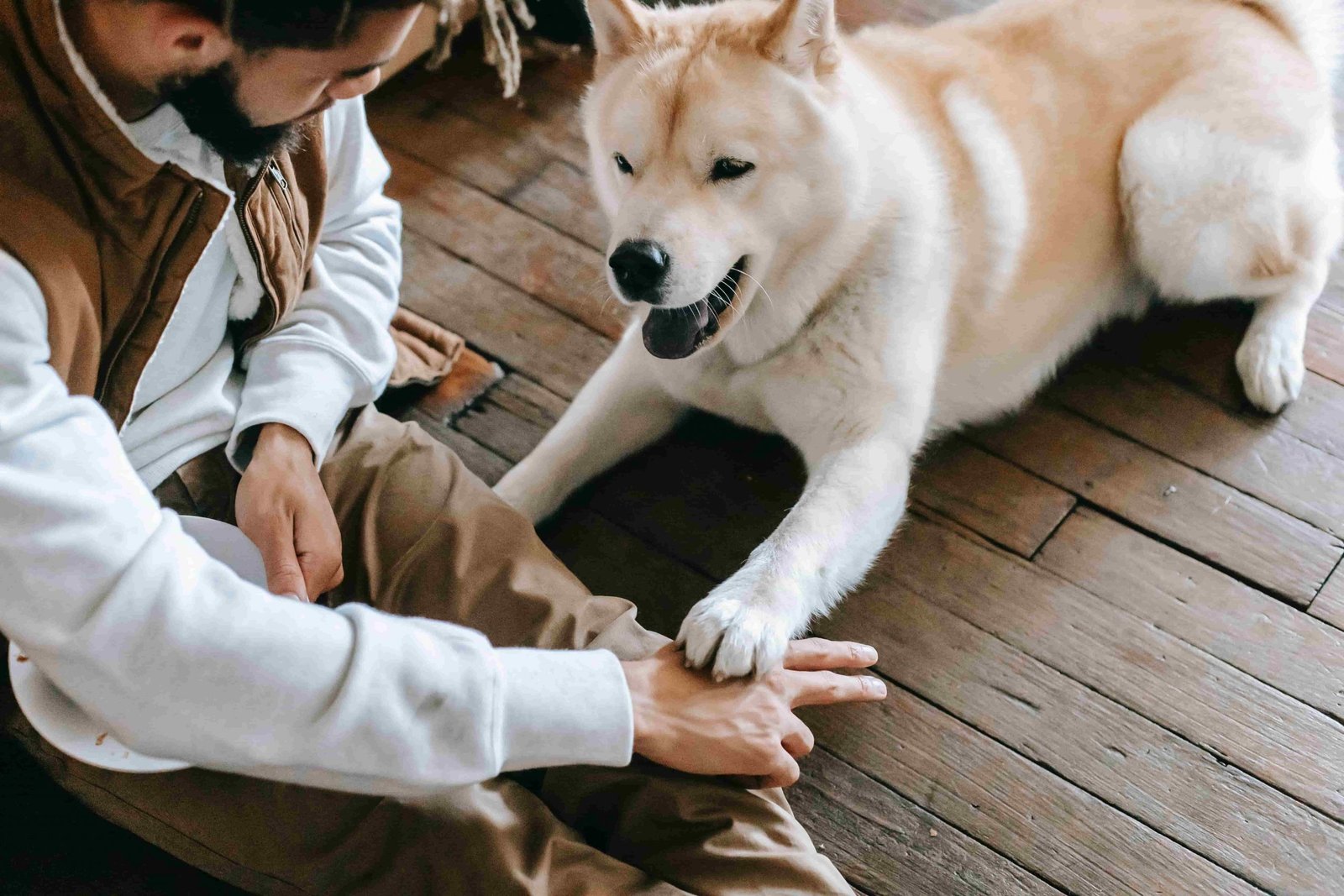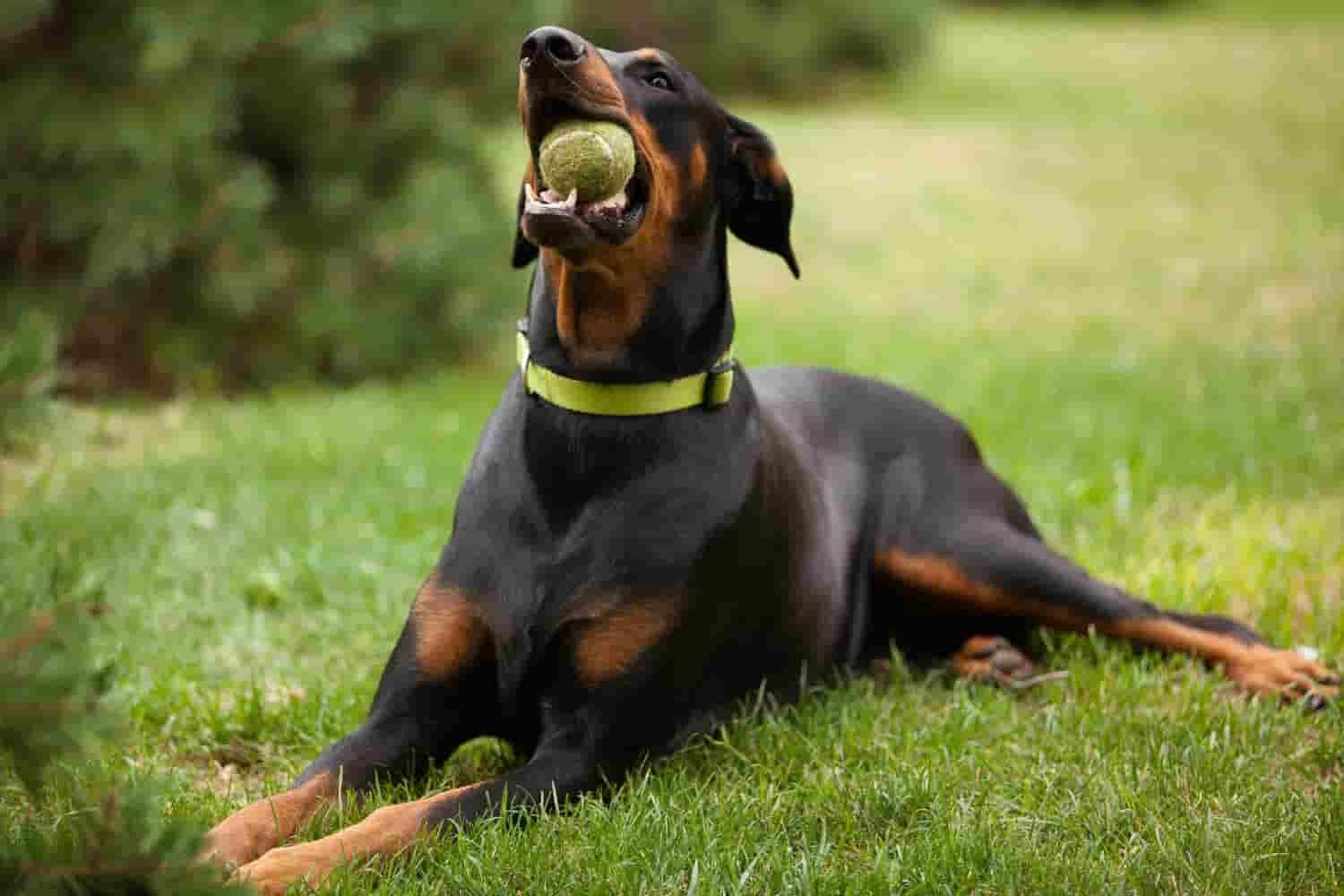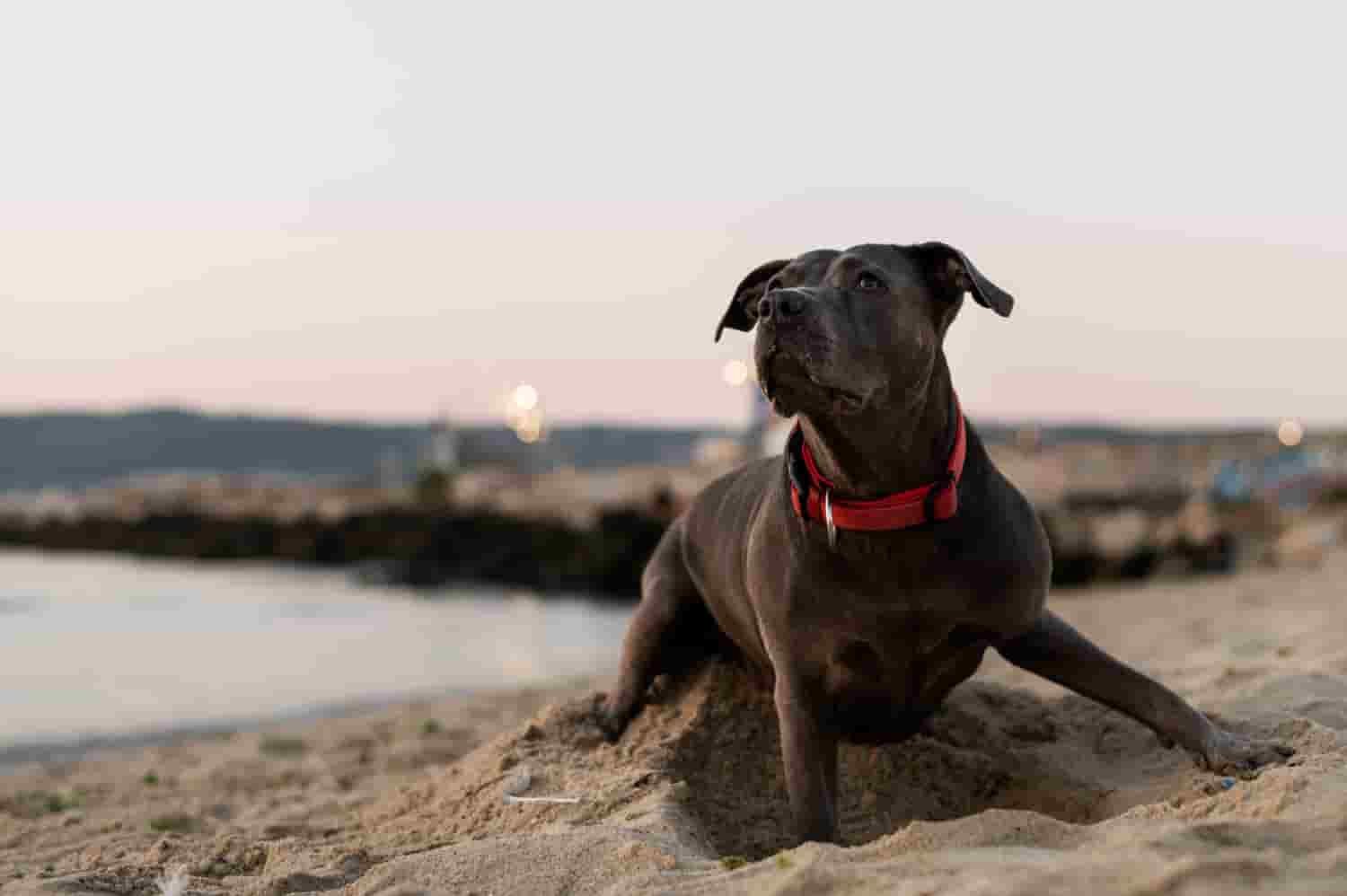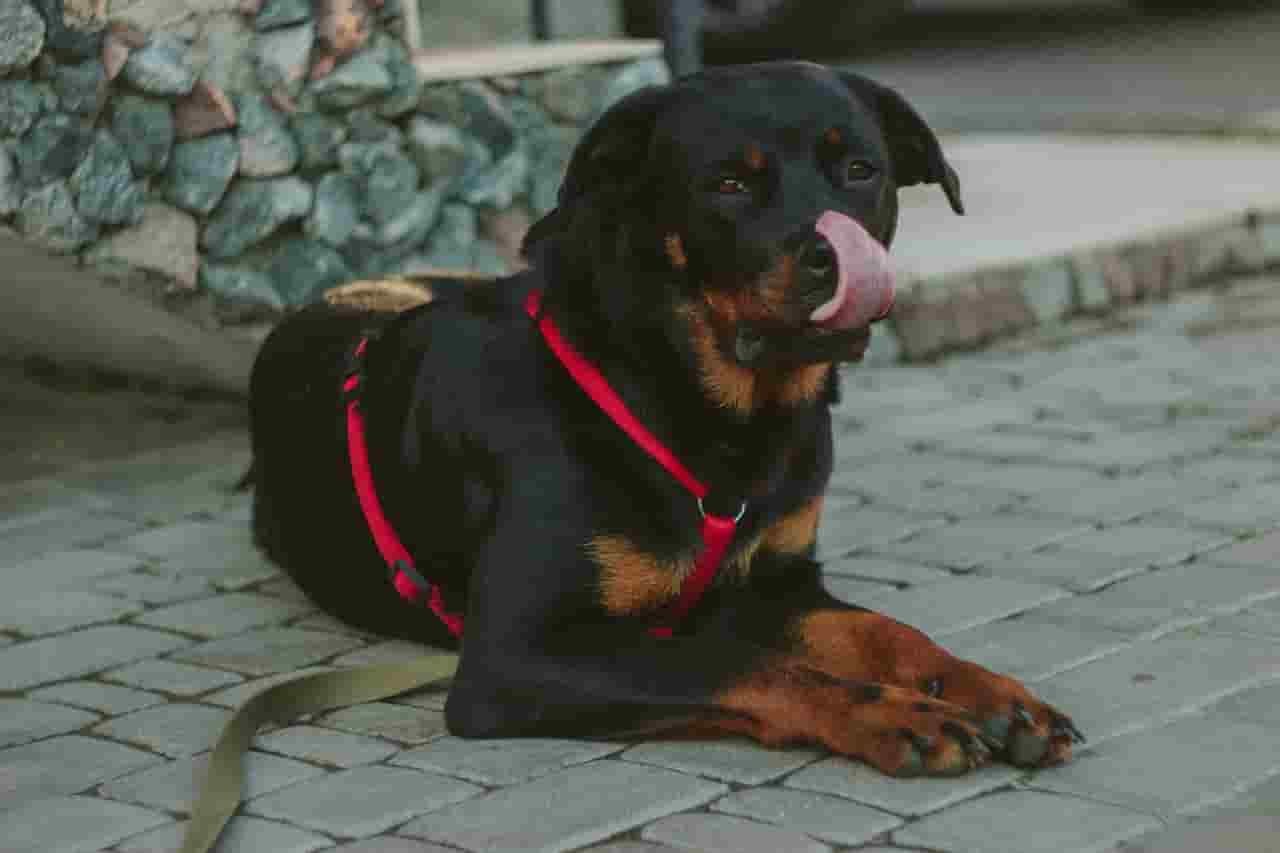Introduction
The Akita dog is a large, powerful breed originating from Japan, known for its loyalty, intelligence, and striking appearance. If you’re interested in learning more about this fascinating breed, you’ve come to the right place. In this article, we’ll explore the Akita’s history, physical characteristics, temperament, and more. So, let’s dive into the world of the Akita dog.
History of the Akita Dog
- Origins in Japan
The Akita dog has a long and storied history in Japan, where it was originally bred as a hunting dog for large game like bears, boars, and deer. The breed’s name comes from the Akita Prefecture in northern Japan, where it is thought to have originated over 1,000 years ago.
- World War II and dog fighting
During World War II, the Akita breed faced a serious threat to its survival. Many dogs were killed for their fur to make military garments, and others were used for dogfighting. As a result, the Akita population dwindled, and the breed’s future was uncertain.
- Post-war popularity
After the war, dedicated breeders worked to restore the Akita’s numbers and preserve its unique characteristics. The breed gained international recognition when an Akita named Hachiko became famous for his unwavering loyalty to his owner, even after the owner’s death. This heartwarming story helped popularize the breed outside of Japan, and today the Akita is admired and loved worldwide.
Physical Characteristics
- Size and weight
The Akita is a large, muscular breed, with males typically standing 26-28 inches tall and weighing between 100-130 pounds. Females are slightly smaller, usually standing 24-26 inches tall and weighing 70-100 pounds.
- Coat and colors
The Akita’s double coat is thick and dense, providing insulation against harsh weather conditions. The breed comes in a variety of colors, including red, brindle, white, and various combinations. The coat typically features a distinctive facial mask and a curled, bushy tail.
Temperament and Personality
- Loyalty
Akitas are famous for their unwavering loyalty to their owners. They form strong bonds with their families and will go to great lengths to protect them. This loyalty can also make them somewhat wary of strangers, so early socialization is essential.
- Intelligence
The Akita is a highly intelligent breed, known for its problem-solving skills and quick learning abilities. However, this intelligence can also make them stubborn and independent-minded, so consistent, positive training methods are crucial.
- Dominance
Akitas have a dominant nature and may try to assert themselves as the “alpha” in the household. This can lead to issues with other pets or even family members if not properly managed. It’s essential for Akita owners to establish themselves as the leader and maintain a consistent, firm, and fair approach to training and discipline.
Training and Socialization
- Early socialization
To ensure a well-adjusted and friendly Akita, it’s important to begin socialization at a young age. Exposing your Akita to a variety of people, animals, and environments will help them develop confidence and reduce the likelihood of aggression or fearfulness towards unfamiliar situations.
- Training techniques
When training an Akita, using positive reinforcement methods is key. This includes rewarding good behavior with treats, praise, or toys. Because Akitas can be stubborn, it’s essential to be patient, consistent, and firm in your training approach. Keep sessions short and fun to maintain your dog’s interest and prevent frustration.
Exercise and Activity Requirements
Akitas are an active breed that requires regular exercise to stay healthy and happy. A daily walk or moderate-paced jog, along with playtime and mental stimulation, will help keep your Akita physically and mentally engaged. Be mindful of over-exercising in hot weather, as Akitas can be prone to overheating due to their thick coats.
Grooming and Care
The Akita’s dense double coat requires regular brushing to minimize shedding and prevent matting. Weekly brushing is usually sufficient, but during seasonal shedding periods, daily brushing may be necessary. Other routine care includes cleaning their ears, trimming their nails, and brushing their teeth to maintain overall health.
Health Issues and Lifespan
Akitas are generally a healthy breed, with a life expectancy of 10-12 years. However, like all breeds, they can be prone to certain health issues. Common concerns include hip dysplasia, hypothyroidism, and progressive retinal atrophy. Regular veterinary check-ups and preventative care can help keep your Akita in good health throughout their life.
Diet and Nutrition
A high-quality, balanced diet is essential for maintaining your Akita’s health and well-being. Choose a dog food that meets the nutritional needs of large breeds, and be mindful of portion sizes to prevent overfeeding and weight gain. Consult with your veterinarian for personalized recommendations based on your Akita’s age, weight, and activity level.
Living Conditions and Compatibility
- Family life
Akitas can make excellent family pets when properly trained and socialized. They are known to be gentle and protective of children, but supervision is still recommended, especially with younger kids who may not understand how to interact with a large dog.
- Other pets
Due to their dominant nature and history as a hunting breed, Akitas may not always get along well with other pets, particularly dogs of the same sex. Early socialization can help, but some Akitas may simply be happier as the only pet in the household.
Finding and Adopting an Akita
If you’re considering adding an Akita to your family, research reputable breeders, or consider adopting from a rescue organization. Be prepared to answer questions about your home, lifestyle, and experience with dogs, as responsible breeders and rescues will want to ensure that an Akita is a good fit for your situation.
Conclusion
The Akita is a loyal, intelligent, and powerful breed with a rich history and unique characteristics. With proper training, socialization, and care, an Akita can make a wonderful addition to the right home. If you’re up for the challenge and prepared to commit to their needs, an Akita can become a beloved and protective companion for years to come.
FAQs
- Are Akitas good with children?
Akitas can be good with children, especially when properly socialized and trained. However, due to their size and strength, it’s important to supervise interactions between Akitas and young children.
- How much exercise does an Akita need?
A daily walk or moderate-paced jog, along with playtime and mental stimulation, is generally sufficient to meet an Akita’s exercise needs. Be cautious of over-exercising in hot weather, as their thick coats can make them prone to overheating.
- Do Akitas shed a lot?
Akitas do shed, particularly during seasonal shedding periods when their dense double coat requires more frequent brushing. Weekly brushing is usually sufficient, but daily brushing may be necessary during shedding seasons.
- Are Akitas aggressive?
Akitas are not inherently aggressive, but they can be dominant and protective. Proper training, socialization, and responsible ownership can help prevent aggressive behaviors from developing.
- Can Akita dog live in apartments?
While Akitas can adapt to apartment living, they are a large, active breed that requires regular exercise and mental stimulation. A home with a securely fenced yard is ideal, but dedicated Akita owners can make apartment living work with appropriate exercise and engagement.








